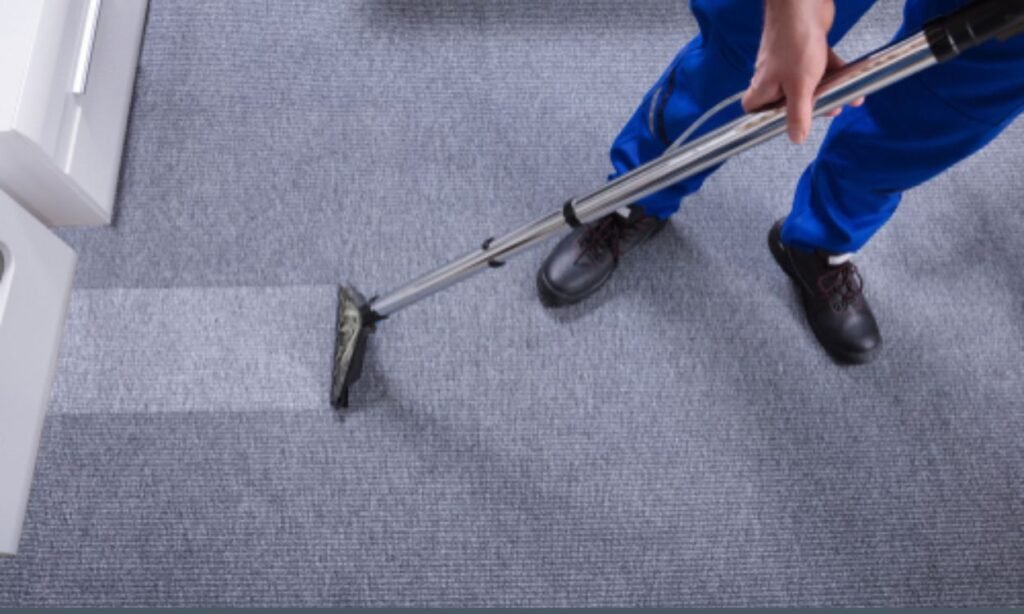Quick Action Saves Your Carpet
Water-soaked carpets need immediate attention to prevent permanent damage and health hazards. The first 24-48 hours are critical for successful restoration. Studies show that 78% of water-damaged carpets can be saved when proper drying techniques start within the first day, but this success rate drops to just 34% after 72 hours.
Professional restoration experts consistently emphasize one key point: speed matters more than perfection when dealing with wet carpets. Every hour of delay increases the risk of mold growth, structural damage, and the need for complete carpet replacement. The good news? Most homeowners can take effective action using common household items and proven techniques that significantly improve their chances of saving their investment.
Understanding the 48-Hour Window
Time works against you when carpets get soaked. Within 24 hours, moisture begins penetrating deeper into carpet padding and subfloors. Bacteria start multiplying rapidly in warm, damp conditions. Mold spores, which exist naturally in most environments, find the perfect breeding ground in wet organic materials like carpet fibers and backing.
The carpet industry recognizes a critical timeline: extraction within 4 hours, air circulation within 8 hours, and complete drying within 48 hours. This schedule isn’t arbitrary – it’s based on decades of restoration data showing optimal outcomes. Missing these windows doesn’t guarantee failure, but it dramatically increases complexity and costs.
Professional restoration companies use this same timeline when responding to emergency calls. They prioritize rapid water extraction because they understand that every hour counts. Homeowners who grasp this urgency and act accordingly often achieve results comparable to professional services, especially for smaller affected areas.
Ready to take action? Consider reaching out to water damage restoration san mateo ca professionals if your situation involves extensive flooding or hazmat remediation services if contaminated water is involved.
Essential Equipment and Materials
Successful carpet drying requires the right tools working together systematically. Start with whatever extraction equipment you can access quickly. Wet-dry vacuums work well for initial water removal, though multiple passes are necessary. Standard household fans create airflow, but positioning matters more than fan power.
Dehumidifiers prove invaluable in enclosed spaces where moisture has nowhere to escape naturally. Rent industrial units for large areas – the investment pays off by preventing mold growth and structural damage. Absorbent materials like clean towels, newspapers, or specialized drying mats help with surface moisture while mechanical drying continues underneath.
Temperature control accelerates the entire process. Warm air holds more moisture than cold air, so gentle heating helps. Avoid extreme heat, which can damage carpet fibers or create unsafe conditions. Open windows and doors when outdoor humidity is lower than indoor levels. Close them when outdoor air is more humid than your indoor environment.
Don’t overlook safety equipment. Rubber gloves protect hands from contaminated water, while face masks prevent inhalation of airborne particles stirred up during the drying process. If you’re dealing with potentially contaminated water, trauma cleanup specialists can provide guidance on appropriate safety measures.
Step-by-Step Drying Process
Immediate Water Extraction:
Begin with the most powerful suction available. Work systematically across the entire affected area, making overlapping passes to ensure thorough extraction. Push down firmly to extract water from deep within the carpet padding.
Change Vacuum Filters Frequently:
Clean or replace vacuum filters often during the process. Clogged filters significantly reduce suction efficiency, making the extraction process less effective.
Remove Furniture from Wet Areas:
Remove all furniture from the wet carpet immediately to prevent further damage. If it’s not possible to move furniture, place aluminum foil or plastic under furniture legs. This will prevent further water absorption and staining.
Lift Carpet Edges:
Where possible, lift the carpet edges to improve air circulation underneath. This allows for better drying of both the carpet and the padding.
Create Air Gaps Between Carpet and Padding:
Use wooden blocks or plastic containers to create small air gaps between the carpet and the padding. This improves airflow and speeds up drying.
Establish Airflow Patterns:
Position fans to create continuous air movement across wet surfaces. Some fans should be directed directly at the carpet, while others should exhaust humid air toward windows or doors.
Use Industrial Air Movers (If Available):
Industrial air movers work more effectively than household fans. If you don’t have access to industrial air movers, use multiple household fans and position them strategically to ensure adequate airflow.
Monitor Progress Every Few Hours:
Check the drying progress regularly, especially during the first day. The carpet should feel noticeably drier after 6-8 hours of intensive drying.
Consider Professional Intervention:
If the carpet is still damp or musty odors develop, or if progress stalls, consider contacting San Mateo experts. They can assess whether your DIY efforts are sufficient or if additional measures, like professional drying equipment, are necessary.
Professional vs DIY Restoration
Most minor carpet soaking incidents respond well to immediate DIY intervention. Homeowners successfully dry carpets affected by appliance leaks, minor flooding, or accidental spills using basic equipment and consistent effort. Success depends more on quick action than expensive equipment.
Professional restoration becomes essential for extensive water damage, contaminated water exposure, or when health concerns arise. Restoration companies possess specialized extraction equipment, industrial dehumidifiers, and experience handling complex situations. They also carry insurance and certifications required for certain types of water damage.
Consider professional help immediately if water contains sewage, chemicals, or other contaminants. These situations require specialized safety protocols and disposal procedures beyond typical homeowner capabilities. Similarly, if water has been standing for more than 48 hours before discovery, professional assessment prevents health risks and ensures thorough remediation.
Mold remediation san mateo professionals often work alongside water restoration teams when mold growth has already begun. Early professional consultation can prevent minor water damage from becoming major mold problems requiring extensive remediation.
Prevention and Long-Term Protection
Smart prevention reduces the likelihood of future carpet soaking incidents. Regular inspection of appliances, plumbing connections, and roof conditions catches problems before they cause significant water damage. Install water leak detectors near water heaters, washing machines, and under sinks – these inexpensive devices provide early warning that enables quick response.
Maintain proper indoor humidity levels year-round. Ideal humidity ranges between 30-50% in most climates. Higher humidity creates conditions where minor moisture incidents become major problems. Lower humidity can damage carpets and furniture through excessive drying.
Establish an emergency response plan before problems occur. Know where your water main shutoff is located. Keep basic extraction and drying equipment accessible. Maintain contact information for reliable restoration services. Quick response capability makes the difference between minor inconvenience and major renovation projects.
When water damage does occur, remember that hazmat cleanup services and biohazard cleanup cost estimate information can help you understand when professional intervention is necessary versus when DIY methods are sufficient.
Get Professional Water Damage Help Today
Don’t let water damage turn into a costly disaster. Whether you need immediate water damage restoration san mateo assistance, mold removal san mateo services, or want a biohazard cleanup cost estimate for contaminated water situations, professional help is available. Contact experienced hazmat cleanup services today to protect your home and family from water damage complications.







